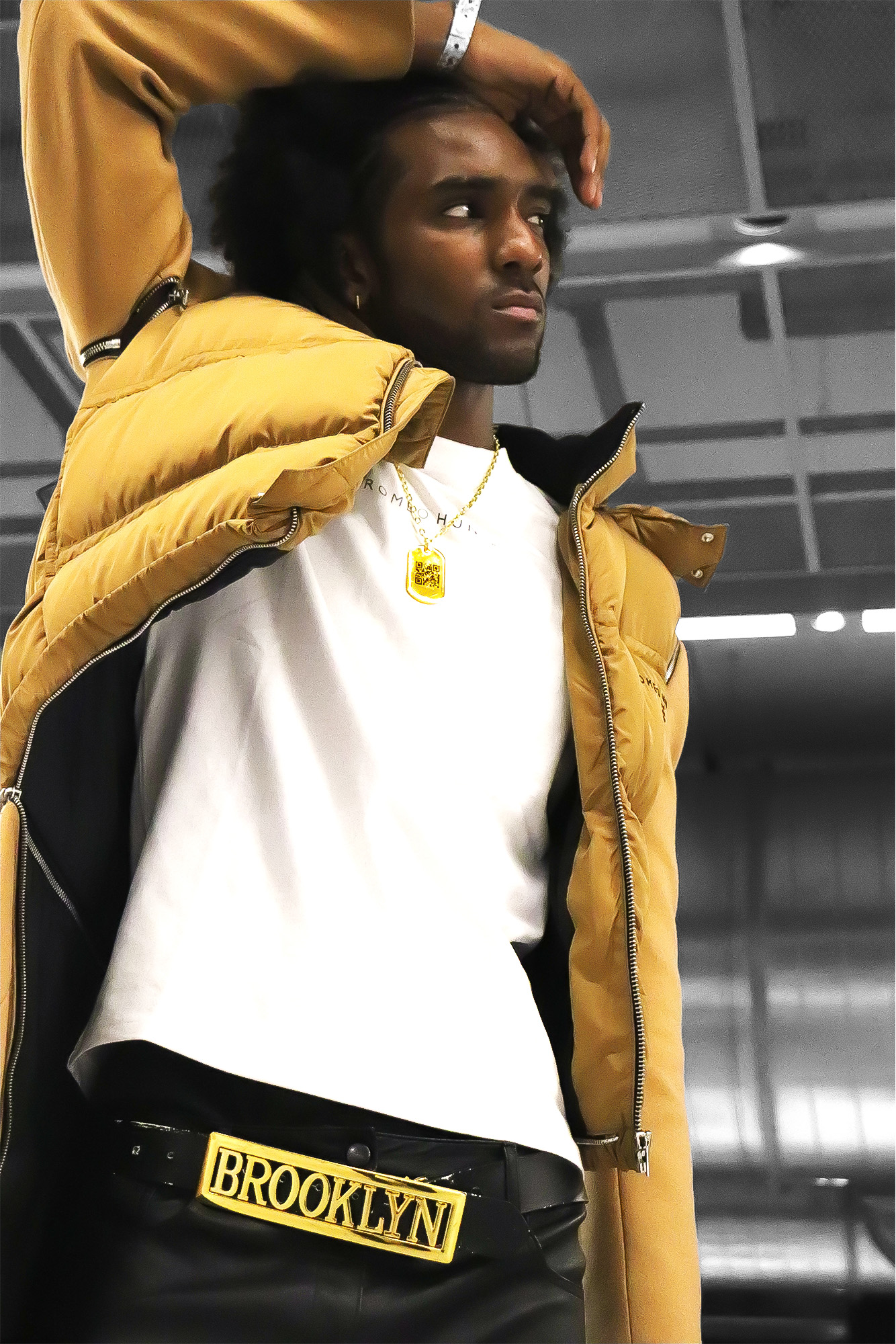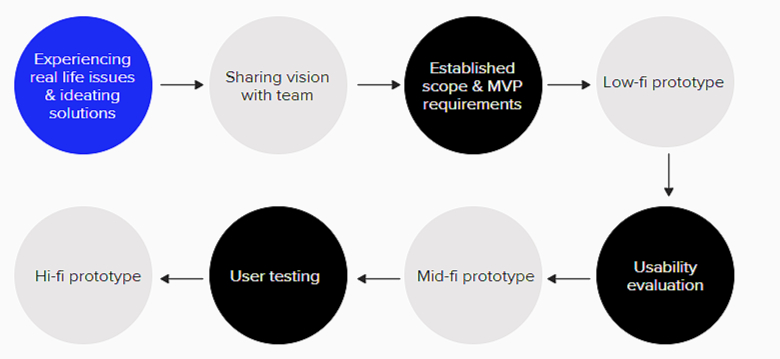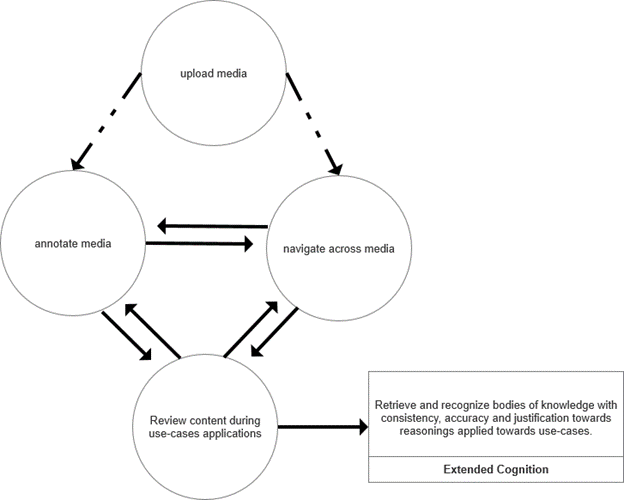JUMPTAG App (Prototype)
*Disclaimer: This is part of an active and ongoing venture, so limited details will be shared regarding overall strategy and kept within the scope of this particular prototype system.

Overview: JUMPTAG Club represents the future of personal interaction in a physical-digital (PHYGITAL) world blending technology and style seamlessly. It reimagines how people connect and share their digital presence by offering personalized, scannable QR codes integrated into fashion-forward accessories controlled through the JUMPTAG App. With one simple scan, users can instantly share social media profiles, payment links, or any digital touchpoint. Jumptag Club envisions a world where physical and digital identities merge effortlessly, empowering individuals to control and personalize their connections with flexibility and flair.

The prototype system is a simple triarchy involving (1) a wearable QR-engraved accessory (in this case a golden dog tag), (2) our web app or downloadable mobile app (available on Android only, iOS coming soon) and (3) another smartphone device with a functioning camera and internet access.
Photographs by Rito of models wearing the golden dog tag "jumptag"
Screenshots of the JUMPTAG App on Android
In bringing the notion of a "dynamic QR" code into casual usage, each QR code on the golden dog tag is embedded with a unique URL called a "jumplink" because it is a link that JUMPS to other links. Once the jumplink is registered to a user's account, that user can set a list of different links that it will JUMP / redirect to, one at a time, when entered into an internet browser or when scanned inside a QR code (as in the golden dog tag accessory). The user can change which link is active for when the QR code is scanned; the versatility is intended to allow the user to adjust the same accessory to different use cases and audiences without needing to change the accessory itself. One Jump, Many Destinations.
Powering a Fashion Show
During September 2024's New York Fashion Week, the JUMPTAG App's web app and golden dog tag prototype were featured in a tech themed fashion show, DeMODE organized by Emily Burnette held at Mercedes-Benz Manhattan. Numerous high profile and well-reputed fashion designers showcased their collections including streetwear chic Romeo Hunte and celebrity dress designer Pamela Dennis. The jumptag prototype system was used both to power interactivity within the show's format and as a fashion accessory showcased directly within the show. Within each collection, models were adorned with the golden dog tag as a necklace or bracelet, and the QR's (set through the JUMPTAG App) lead audience members who scanned it to a webpage or social media profile of the respective fashion designer.

Romeo Hunte styling his model with the jumptag adorned and set to his collection's webpage
The system’s versatility is reflected in how the golden dog tag seamlessly adapts to various styles for each designer and look while retaining its core identity as a dog tag, complete with its unchanged QR code.
Images of different looks with the golden dog tag and jumptag system active (Romeo Hunte and Pamela Dennis' collections)

Rito, Emily Burnette, Pamela Dennis
Check it out for yourself!
JUMPTAG Club

























